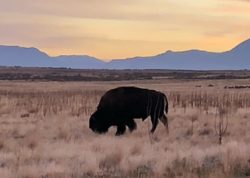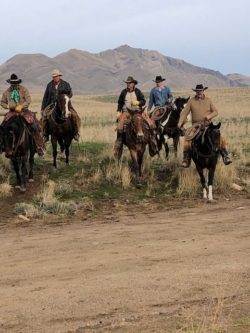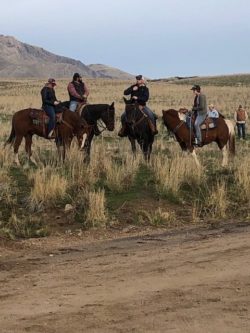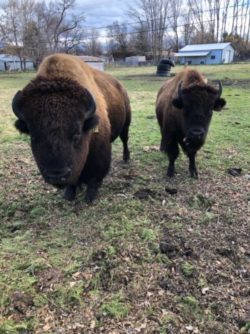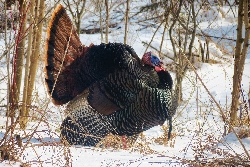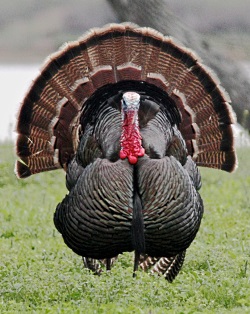
Courtesy Pixabay, Mabel Amber, Photographer
But regardless, we’ll call this old coot ‘Val’, just a name picked out of a hat. I always look forward to these calls. “Patrick me boy, let’s go accurately count all the starlings at the hog farm!” he’ll declare. That’s code for, “let’s guess at starlings, but really look for great horned owls with thermoses full of cocoa with a kick, and engage in some not exactly trespassing but ‘once we did get shot at here’ while looking for birds down by the river.”
I like going bird spotting because it’s not exactly birding and not exactly bird watching. Sure, we’re watching out for birds, but it’s more formal than a waterfowler’s gaze, though just slightly. Our goal on these solstice forays are to identify and count the birds. For science of course. It’s also not the hyperformal birding because we ramble around in our coot raft, and while the birds are important, the cocoa is strong and that always makes determining the little tweeties a small riot, and we’re not that quiet. We’re more fun than birders.
The last time we went out, we divvied up responsibilities. There was a small army of us spotters. There was ‘Val’, myself, and three others. ‘Val’ drove one truck, and another spotter the other. The rest of us clambered for the heating inside and were supposed to yell, “STOP!” at any dark fleck we saw in the sky as we drove through the country.
All but myself I’d call expert birders, and so I felt very fortunate that I could drag them into the murkiness of bird spotting. I was calling out STOP at everything I saw so that we could identify it, while with naked eyes and not a book in sight the rest could glance past and know exactly what it was and how many. Only later did I realize that it was they who were elevating me from birding to spotting themselves. It was they who cracked open the hot cocoa and laughter after all. When out of your depth, always raft with coots.
Now, as you may expect, our count was perfect that year. Another record for starlings, a ferruginous hawk seent, a few red taileds, and even a screech owl spotted against thick bark through thicker foliage through the concrete flurries of snow, all without feeling in ear, boot, or mitt. It’s good that your eyes can work even when the rest doesn’t.
What I learned, though, besides what a ferruginous hawk is, wasn’t so much about birds. It was that it’s great fun to drive around in old trucks with coots looking for birds you don’t know exist. There are the serious benefits, like hearing the sage wisdom of elders, understanding a tradition that’s gone on longer than you’ve been born, and sharing cocoa. There are also the benefits of knowing a coot, which is no less serious, but would hate to be called serious. The ability to accurately count European starlings with laughter, learning what is in that cocoa, and getting a call about this time every year in a well-practiced Irish accent that rings, “Patrick my boy, let’s go count starlings at the hog farm.”
So if you’re out there ‘Val’, give me a call. I know last year was a bust, but this year, we’ve got the jabs. And definitely still bring your cocoa, but I’ll bring some backup, too. Also I’ll need to borrow some binoculars.
I’m Patrick Kelly, and I’m Wild About Utah.
Credits:
Images: Courtesy Pixabay, MabelAmber, Photographer https://pixabay.com/photos/coot-water-bird-animal-walking-ice-4026019/
Audio: Courtesy & © Kevin Colver https://wildstore.wildsanctuary.com/collections/special-collections
Text: Patrick Kelly, Director of Education, Stokes Nature Center, https://www.logannature.org
Included Links: Patrick Kelly & Lyle Bingham, Webmaster, WildAboutUtah.org
Additional Reading
Wild About Utah, Posts by Patrick Kelly
Stokes Nature Center in Logan Canyon, https://www.logannature.org/
122nd National Christmas Bird Count, 62nd Cache Valley(Logan) Christmas Bird Count, https://bridgerlandaudubon.org/our-projects/cache-valley-christmas-bird-count/

